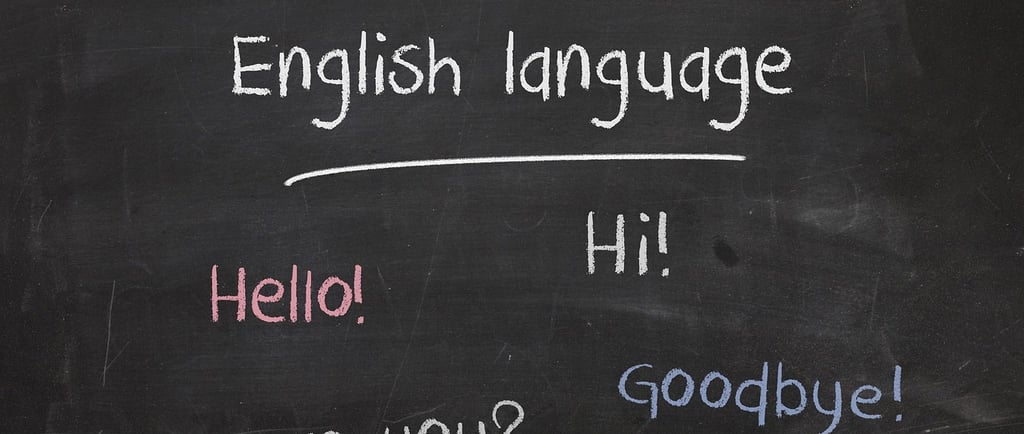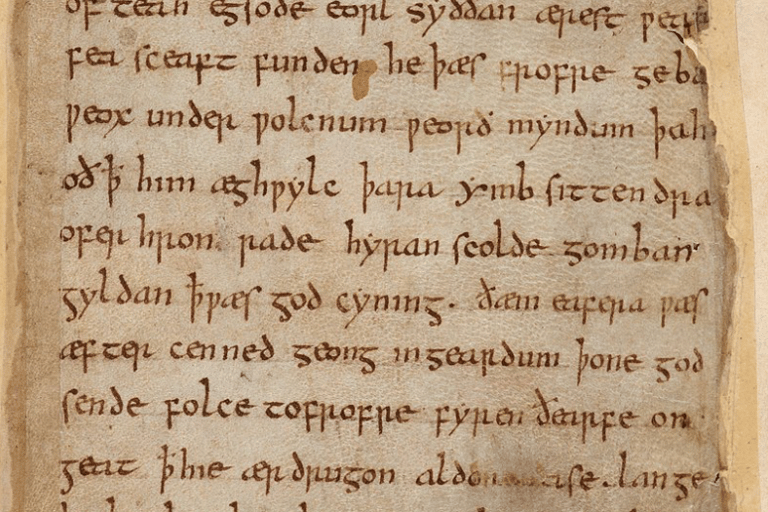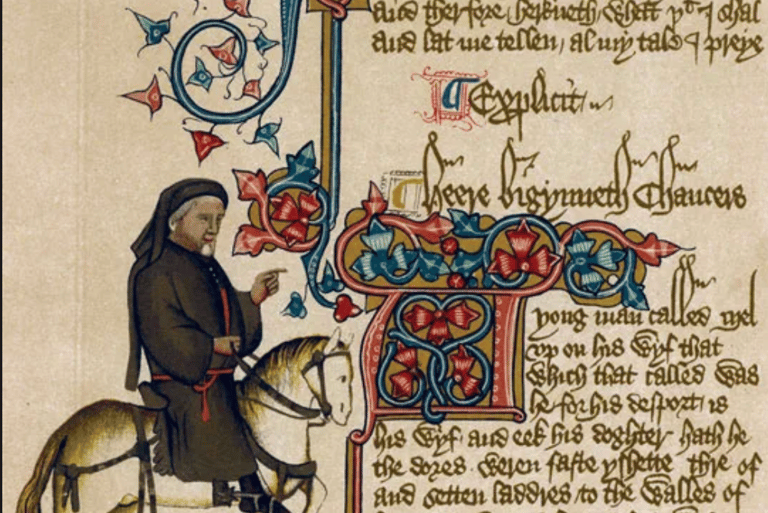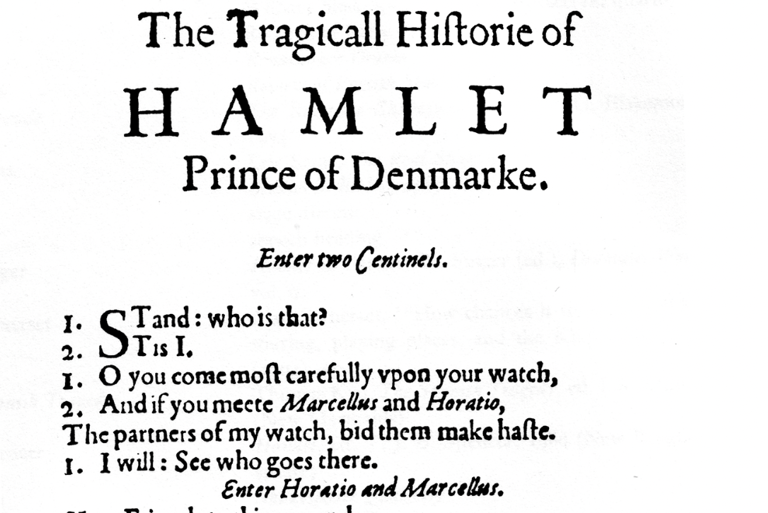🌍The Journey of English Literature: A Tale Through Time 📚📜
After "The History of English" comes this follow up story , tracing the evolution of English literature through various time periods, from Old English to modern times. 📜📚📱
LANGUAGE STORIES
10/24/20244 min read






What stories you love to read or listen? Maybe a magical tales like Harry Potter, an adventures like Charlie and the Chocolate Factory by Roald Dahl 🍫🍭, or Diary of a Wimpy Kid by Jeff Kinney 📔😄 we all enjoy getting lost in a good story, and imagining being part of it. But have you ever wondered what those stories would sound like if they were written a long, long time ago? 🤔
English wasn’t always the way it is today. It changed a lot over time. Today, with our imagination we will travel back through the history of English literature and meet some famous people along the way! 🚪⏳
Old English (Beowulf’s Time, 700 CE) 🐉⚔️
This takes us back to the time of Beowulf, one of the earliest stories written in English. But here’s the thing—this wasn’t the kind of English you speak today. It was a rough, warrior language, and people like Beowulf were heroes fighting monsters in dark forests and misty lands.
Who was actually Beowulf? 🦸♂️
Beowulf was a brave hero from a very old story written down over a thousand years ago! He fought scary creatures like Grendel, a terrible monster that threatened his people. The story of Beowulf is all about courage, strength, and adventure!
Here’s what Old English might have sounded like :
( print on slip of paper and invite children to read the sentence )
“Hwæt! Wē Gār-Dena in geārdagum, þēodcyninga, þrym gefrūnon.”
Which means:
“Listen! We have heard of the glory of the Spear-Danes in the old days, the kings of people, in their power.”
Sounds quite different from the English we know, doesn’t it? 📜💪
Middle English (Geoffrey Chaucer’s Time, 1300s) 🏰🐴
500 years later after Beowulf, we come to the time of a writer who wrote The Canterbury Tales. By this time, English had softened a little and even borrowed some French words, because the Normans (people from France) had invaded England. The main characters in The Canterbury Tales were pilgrims traveling to Canterbury, each telling their own story. Some were funny, some were serious, but all of them were very adventurous.
Who was the autor of the tales? Geoffrey Chaucer! 📜😄
He was a master storyteller that wrote stories about everyday people, like knights, cooks, and even a miller, traveling together and telling tales to pass the time. His stories are some of the first ones we have in what we now call Middle English.
Here’s how a character from The Canterbury Tales might have spoken:
( print on slip of paper and invite children to read the sentence )
“Whan that Aprille with his shoures soote, the droghte of March hath perced to the roote.”
And today, we would say:
“When April with its sweet showers has pierced the drought of March to the root.” 🌧️🌸
Early Modern English (William Shakespeare’s Time, 1500s) 🎭👑
Next, we come to the time of one very famous playwright and poet. By this time, English had changed a lot and started to look and sound more like what we speak today. This poet from England wrote some of the most famous plays and poems ever, you might have heard them before Romeo and Juliet and Hamlet. His language was a little fancy, but still full of the emotions we all feel—love, fear, jealousy, and joy!
Who was this famous english poet? William Shakespeare! ✍️🎭
Shakespeare was so creative at using words that people still perform his plays today. He’s known for his clever use of Early Modern English, a language that’s getting close to what we speak now. His plays are all about people—kings, queens, lovers, and villains—and their lives, full of drama!
Here’s a famous line from Romeo and Juliet:
“But, soft! What light through yonder window breaks? It is the east, and Juliet is the sun.”
In modern English, we might say:
“Wait! What is that light at the window? It’s the sunrise, and Juliet is as beautiful as the sun.” 🌞❤️
Shakespeare’s plays were performed in grand, open-air theaters, with actors bringing the words to life for everyone to see! Imagine standing in a crowded theater, watching the story unfold live in front of you. 🎭
Modern English (Now) 📱📖
Finally, we arrive at Modern English—the language you speak and read every day! It’s the world of books you can easily pick up at the library or download on your tablet. Stories today can be about anything—from space travel to magical worlds, and from detective mysteries to heartwarming tales about friendship.
For example, you might read a sentence like:
( print on slip of paper and invite children to read the sentence )
“Harry raised his wand, and with a flick, the magic lit up the dark room.”
And you understand it right away! Today, English is filled with words from all around the world, and it keeps growing and changing. 🌍✨How many words in our language today come from other languages? Can you find any words we use that come from Old English, French, or Latin?
Questions to wonder aloud:
Have you ever thought about how different these stories might sound in Old or Middle English? Each period of English has its own special stories, and we can still try to read them today, even though the language has changed a bit.
What stories would you like to write or tell in the English we speak now? What do you think English will sound like in the future? 📚✨ How many new words were added to English language just in the past one year?
How did people communicate when so many languages were mixed together after the Normans came to England?
What kinds of plays or stories would you write if you lived in Shakespeare’s time? Would you write about kings, queens, or something else?
With Montessori joy,
Vanina 😊



